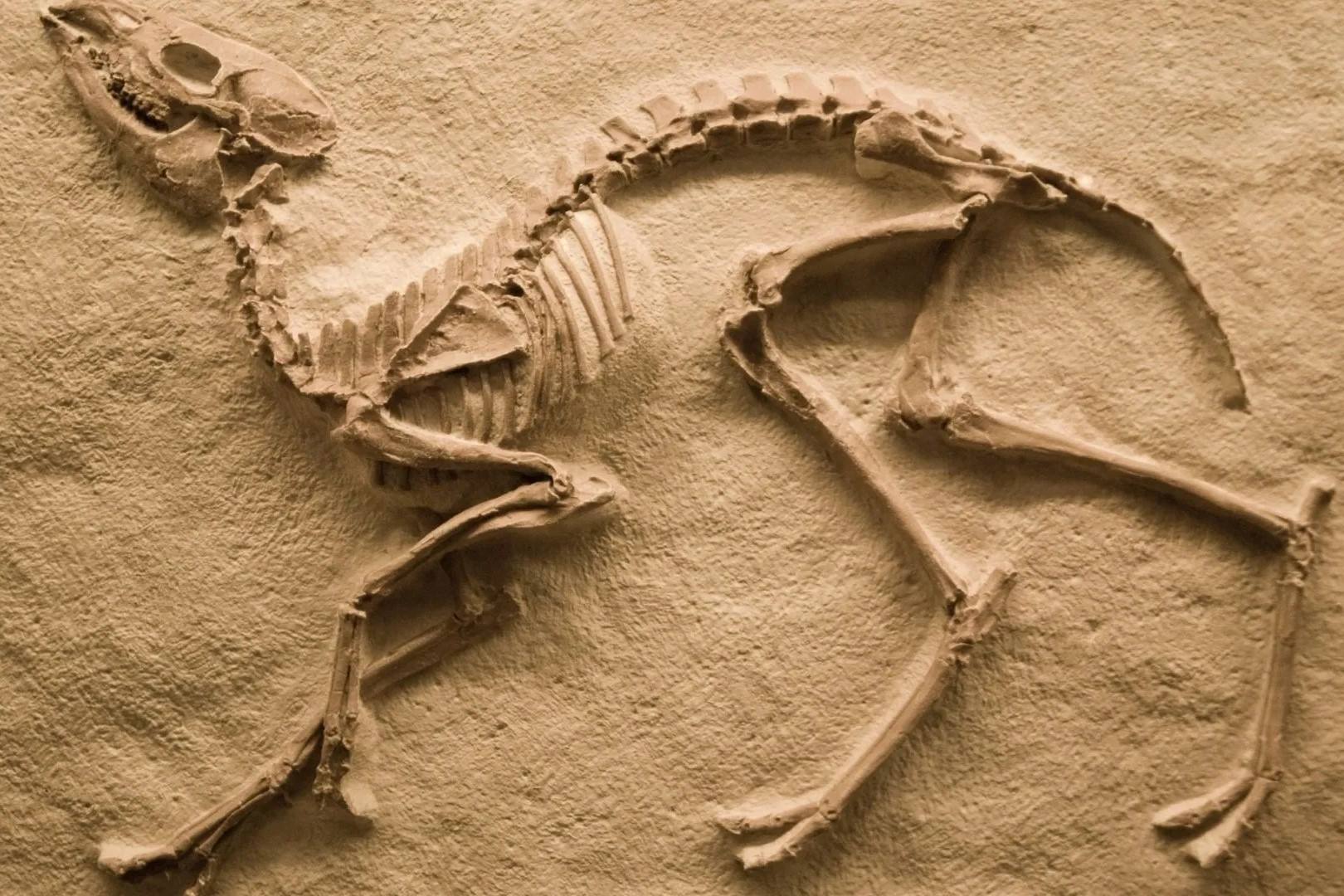
Fossils are like nature's time capsules, giving us a peek into the distant past. But what exactly are fossils? Fossils are the preserved remains or traces of ancient organisms, usually found in sedimentary rocks. They can be bones, shells, footprints, or even imprints of leaves. These remnants help scientists understand what life was like millions of years ago. Did you know that the oldest fossils are around 3.5 billion years old? Or that some fossils can even tell us about the climate and environment of ancient Earth? Get ready to dive into 32 mind-blowing facts about fossils that will make you see rocks in a whole new light!
Key Takeaways:
- Fossils are ancient remains that tell stories of prehistoric life, from dinosaurs to tiny shells. They form in various ways and provide crucial evidence for the theory of evolution.
- Fossil discoveries, like the first dinosaur bone and the famous Archaeopteryx, have revolutionized our understanding of Earth's history. Fossils also inspire popular culture, from "Jurassic Park" to museum exhibits.
32 Facts about Fossils
Fossils are like time capsules, giving us a glimpse into the distant past. They tell stories of ancient creatures, plants, and environments. Let's dig into some fascinating facts about fossils.
What Are Fossils?
Fossils are the preserved remains or traces of organisms that lived long ago. They can be bones, shells, imprints, or even traces of activity like footprints.
- Fossils can be as old as 3.5 billion years.
- The word "fossil" comes from the Latin word "fossilis," meaning "dug up."
- Most fossils are found in sedimentary rock.
- Fossils can form in various ways, including permineralization, where minerals fill the spaces in organic tissue.
- Some fossils are preserved in amber, which is fossilized tree resin.
Types of Fossils
There are different types of fossils, each providing unique information about the past.
- Body fossils are the actual remains of an organism, like bones or teeth.
- Trace fossils are evidence of an organism's activity, such as footprints or burrows.
- Mold fossils are impressions left in the substrate, while cast fossils form when these molds are filled with minerals.
- Microfossils are tiny fossils, often requiring a microscope to see, like pollen grains or tiny shells.
- Coprolites are fossilized feces, providing insight into the diet of ancient creatures.
Famous Fossil Discoveries
Some fossil discoveries have significantly impacted our understanding of life on Earth.
- The first dinosaur bone was discovered in 1676 by Robert Plot.
- The Archaeopteryx fossil, found in 1861, showed a link between dinosaurs and birds.
- Lucy, a 3.2 million-year-old Australopithecus afarensis skeleton, was discovered in 1974.
- The Burgess Shale in Canada is famous for its well-preserved Cambrian fossils.
- The La Brea Tar Pits in Los Angeles have yielded thousands of Ice Age fossils.
Fossil Formation
Fossilization is a rare event, requiring specific conditions to occur.
- Rapid burial helps protect remains from scavengers and decay.
- Mineral-rich water can seep into buried remains, replacing organic material with minerals.
- Fossils are more likely to form in aquatic environments than on land.
- Hard parts like bones and shells fossilize more easily than soft tissues.
- Fossilization can take thousands to millions of years.
Fossils and Evolution
Fossils provide crucial evidence for the theory of evolution.
- Transitional fossils show intermediate stages between different groups of organisms.
- The fossil record reveals patterns of extinction and diversification over time.
- Fossils help scientists understand how modern species evolved from ancient ancestors.
- The study of fossils, known as paleontology, has helped identify mass extinction events.
- Fossils can show how environmental changes influenced the evolution of species.
Fossils in Popular Culture
Fossils have captured the public's imagination and appear frequently in media and literature.
- The movie "Jurassic Park" popularized the idea of cloning dinosaurs from fossilized DNA.
- Fossils are often featured in museums, attracting millions of visitors each year.
- The "Bone Wars" were a period of intense fossil hunting rivalry between paleontologists Othniel Charles Marsh and Edward Drinker Cope.
- Fossil collecting is a popular hobby, with enthusiasts searching for specimens in various locations.
- Fossils have inspired countless books, documentaries, and TV shows about prehistoric life.
Fun Fossil Facts
Let's end with some fun and quirky facts about fossils.
Fossils: Nature's Time Capsules
Fossils are more than just old bones. They’re windows into Earth’s past, showing us what life was like millions of years ago. From tiny plants to massive dinosaurs, fossils help scientists piece together the history of our planet. They reveal how species evolved, adapted, or went extinct. These ancient remains also give clues about past climates and environments. By studying fossils, we learn about the interconnectedness of life and the ever-changing nature of our world. So next time you see a fossil, remember it’s not just a rock; it’s a story from a time long gone. Keep exploring, stay curious, and who knows? Maybe you’ll uncover a piece of history yourself. Fossils remind us that life on Earth is a continuous journey, with each layer of rock holding secrets waiting to be discovered.
Frequently Asked Questions
Was this page helpful?
Our commitment to delivering trustworthy and engaging content is at the heart of what we do. Each fact on our site is contributed by real users like you, bringing a wealth of diverse insights and information. To ensure the highest standards of accuracy and reliability, our dedicated editors meticulously review each submission. This process guarantees that the facts we share are not only fascinating but also credible. Trust in our commitment to quality and authenticity as you explore and learn with us.
